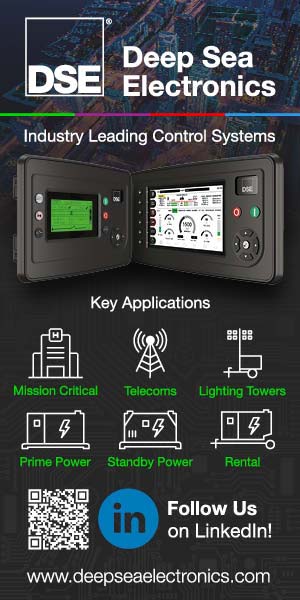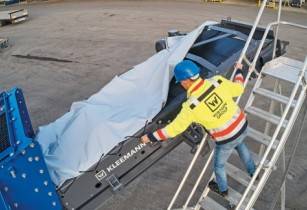AVEVA has signed a long-term partnership with EDF to elevate its 3D nuclear engineering program and deliver energy-efficient performance
AVEVA will help drive EDF?s SWITCH digital transformation programme with its AVEVA E3D Design solution and other components of the AVEVA TM Unified Engineering solution. EDF will strengthen its engineering design portfolio by way of faster design and delivery of its nuclear plants as well as advanced safety and performance standards.
By streamlining data from different design disciplines including mechanical, electrical and civil works, several hundred users across different global locations will be able to work together within a digital twin repository, eliminating siloed engineering design approaches, avoiding data inconsistencies, and removing duplication. AVEVA technology will enable users to collaborate on shared 3D models simultaneously, thus improving the competitiveness of EDF?s nuclear engineering design processes.
This partnership builds on a long-term relationship between AVEVA and EDF. AVEVA has supported EDF with 3D digital engineering solutions at its N4 nuclear plants since the 1980s. To date, AVEVA?s capabilities have enabled EDF to drive its sustainable nuclear vision by reducing operational work-hours and by enhancing data consistency.
AVEVA CEO Peter Herweck said, ?We are proud to have built a trusted partnership with EDF that serves as the foundation stone of its digital transformation vision and sustainability programme. Our market-leading digital engineering design enables us to support EDF in driving their net-zero energy strategy for the benefit of end consumers throughout the world. With our new agreement, AVEVA will help EDF accelerate engineering collaboration, connect teams and unlock higher performance through shared contextual data and intelligence. We look forward to assisting EDF?s expert engineers to cut design time, improve collaboration and accelerate efficient decision-making to develop the nuclear industry of the future.?



























